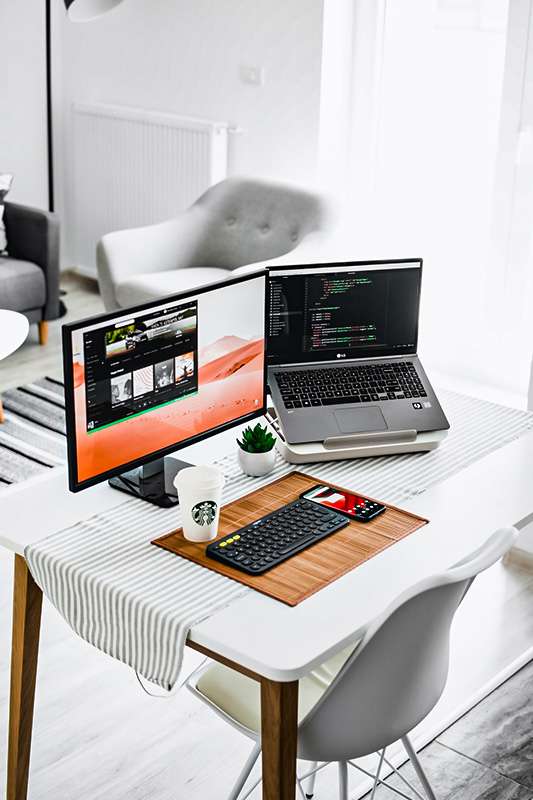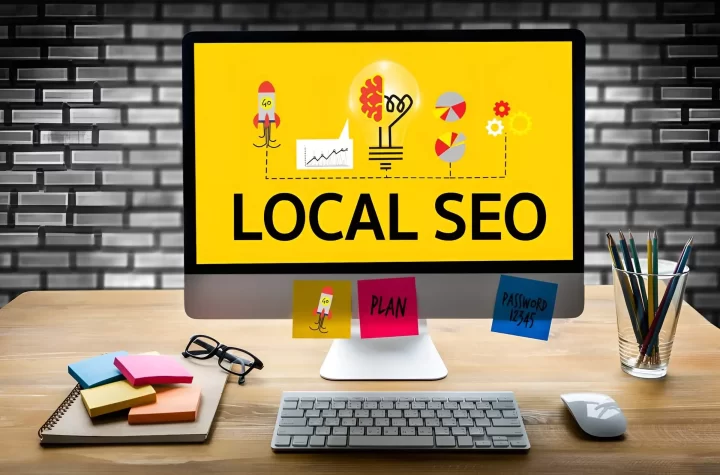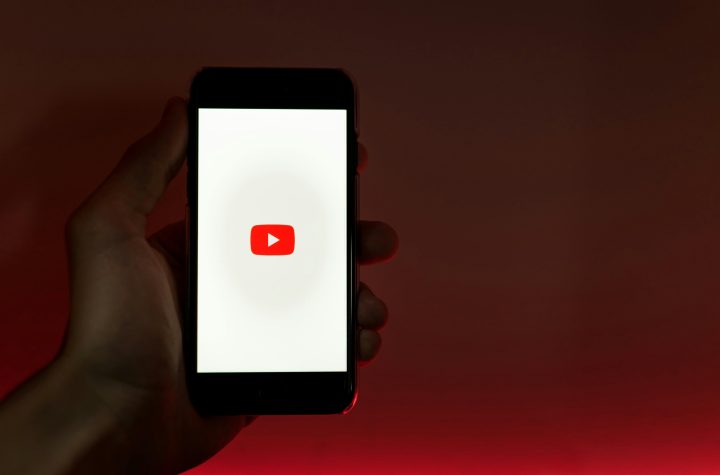
Yes, you read that right. Images are the most powerful way to boost conversion of any web page. The images on your site should be relevant and engaging for your visitors. They should also not distract from the content on your site – which is what many people do wrong when they use too many images or ones with distracting backgrounds or colors. This blog post will cover how to create an image strategy for boosting conversion rates on websites by using high-quality visuals in a strategic manner.
1. Figure Out What You Want Visitors to Do on Your Site
To know what kind of images to use, you need to first figure out your site’s conversion goals. For example, are you looking to get more email newsletter subscribers or webinar registrations? The more specific you can be about this goal, the better. That way, you can present visitors with an image that will entice them to take the action that is most closely related. If your goal is for people to sign up for your webinar, then presenting a video of one of your past webinars would probably increase registrations. But if your goal is email subscriptions, using a photo of someone reading their inbox might be more appropriate.
2. Use Photos That Boost Credibility
Your website needs to be trustworthy. If visitors feel that they are being tricked into anything, they will leave. And you won’t get their email address or webinar signups – which is the goal of the site, right? The images you use should not detract from this goal. You should avoid bright colors and busy backgrounds because these things can make it hard for visitors to focus on what you are saying. Stick to white backgrounds and photos that are relevant to your site’s topic. For example, if you are a financial advisor, use images of yourself or your family with the backdrop of an office space rather than pictures of outer space.
3. Optimize Your Images For SEO
Did you know that image optimization can rank highly in Google Image Search results? Adding alt tags is one key way to increase your image’s SEO value so that they show up higher on page one when someone searches for them on Google Image Search. A good choice for this would be something specific about the product or service that you are trying to sell – just like any other optimization tactic, taking advantage of the whole name of the product is important for optimizing your images. For example, if you are selling yoga mats, use an image that has “Yoga Mat” or even just “Mat” (with yoga person doing something like downward dog in the picture) as the alt tag.
4. Avoid Using Stock Photos
The first thing to avoid about stock photos is that they are often overused on the web – and there really isn’t any need to use them if it’s not a very specific or unique shot. Plus, they can make your website look unprofessional because many sites use this type of photography. Instead, consider hiring someone on Fiverr, taking your own photos with your phone, or using free stock photo websites like Pixabay. Someone who is serious about their business would not use free stock photos because they look unprofessional. Would you trust a financial advisor using overused stock images?
5. Include A Caption With Your Image
Your image should tell a story and be relevant to your site’s topic, but it should also provide visitors with some useful information. That way, they can decide if the product or service that you are promoting is for them or not. And including a caption with your image does just this while also increasing conversion rates, something that many websites fail to do right when it comes to images. For example, if the picture is of someone sitting in front of their computer pulling up Google Analytics, then include one line describing what this individual is doing and another line about how your particular service can help them.
6. Don’t Be Afraid To Get Creative
Stock photography and boring stock photos might be easy to find and share, but that doesn’t mean that you should use those types of images on your website. They won’t catch attention or increase conversions like well-designed visuals will. If it’s a photo of yourself, consider adding some text as an overlay to the image (on Photoshop) to make it pop more. And if you’re using a traditional stock photo, try using Canva or Adobe Spark to transform it into something unique for your site. Your audience will thank you since they will know what you are talking about when they see the picture and it will give your site a more personal feel than if you were using stock imagery.
7. Incorporate Images Into Your Call-To-Action
As I mentioned earlier, visitors are drawn to images – and since this is the case, they should be part of your call-to-action as well. In fact, it’s a great idea to put an image behind whatever CTA you’re working with because it makes the text stand out more and draws attention to the action that you want people to take. For example, if you have a green arrow going through a word like “Start” or “Download,” consider adding a matching photo in front of these words for emphasis. Or if you want them to sign up for your email list, you can create a picture of a mail box with a thought bubble coming out of it that has their first name in it. And then when they click on the call-to-action button that pops up after this image, it will take them right to the sign-up page.
8. Test It Out
The only way to know what works and what doesn’t work for your audience is to test your images and see which ones convert better than others. For example, if you post two photos side by side and one gets more clicks than the other (based on data from Google Analytics), try adding some text as an overlay over the second image and see if this converts better. Or consider testing different sizes of the same photo to see if a smaller version gets more attention than a larger one. Whatever you do, don’t overthink it or overcomplicate things since you can easily lose visitors if their eyes are bouncing around because of too many images.
9. Watch Your Headlines
I tend to be drawn to sites with minimal layouts and few distractions, but that’s because I also like reading articles on my phone when I’m commuting home from work (and this is the only free time that I have these days). Plus, keeping your website clean will make it easier to navigate and will allow people to focus on what you’re promoting instead of all the other stuff going on behind the scenes. But sometimes minimalism can be boring, which is why adding some text to an image can go a long way in making it seem more engaging. You can do this by stating something in the headline of your posts or when you are using images on social media, but try to use short sentences with no more than 20 words so it’s easier for people to read. And if you keep the number of hashtags down (none is best), people will be able to click on your image and find out more about what you’re promoting without having to leave Twitter or Instagram.




More Stories
Mobile SEO Guide: Ways to Improve Mobile Ranking
How Digital Marketing Actually Works
Double Your Website Traffic with Our Customized Local SEO Packages in 2024